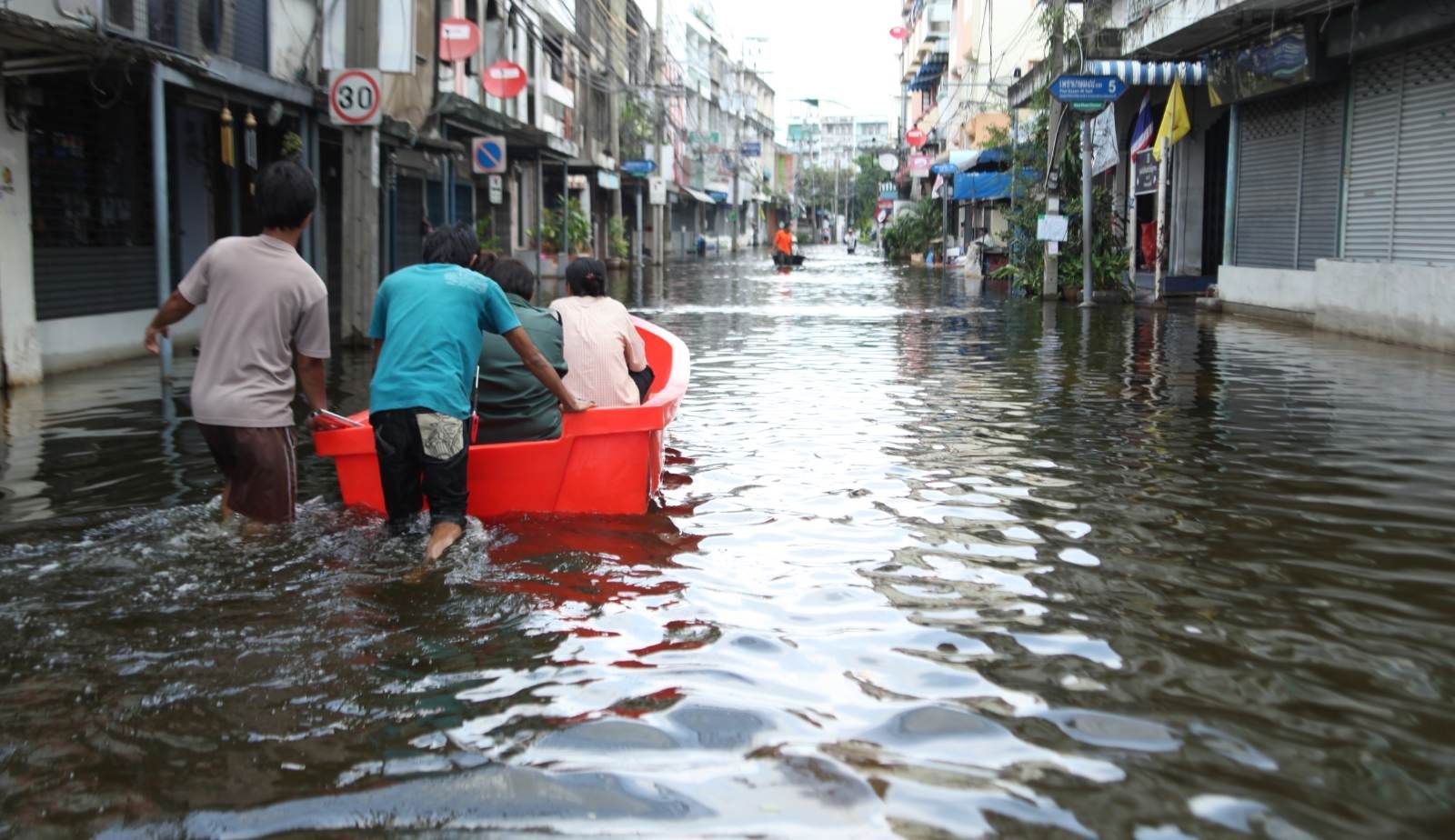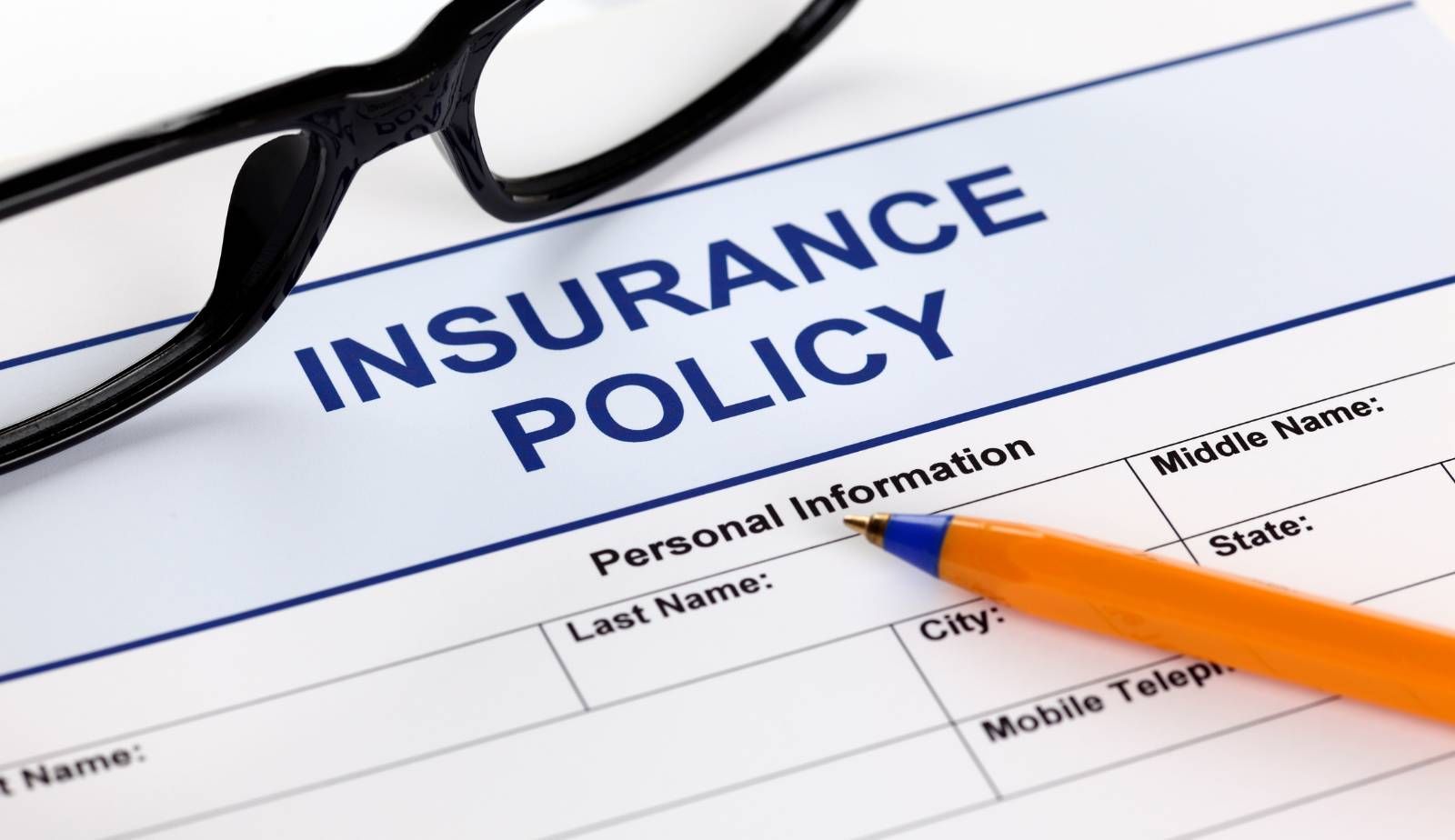Do's & Don'ts Of Fire Damage Restoration
Fire & Smoke Damage Restoration Do’s & Don'ts
While it's best to leave fire damage restoration to the pros, there are certain things you can do on your own. Keep in mind, however, that DIY fire repair should only be attempted when the fire and smoke damage are minor. Both homeowners and business owners can be devastated by fire damage. Although fire damage is tough to overcome and restore, there are some basic steps you can do to help motivate the process. Here's what to do (and what not to do) throughout the fire restoration process if you're wondering what to do after a fire.
Removing Smoke Odor In Your Property
Even after a fire has been extinguished, the smoke odor can persist for a long time if not properly managed. In fact, the most time-consuming aspect of fire damage restoration is odor elimination. Smoke damage may be cleaned by removing soot and charring. Of course, you'll want to determine the amount of the damage and if hiring an expert or doing it yourself is more feasible or reasonable. The cause of the odor must be eliminated. Items that are no longer salvageable should be destroyed right away, while those that may be saved should be cleaned as soon as possible. You'll need a wet sponge for porous surfaces and a dry sponge for harder, less porous surfaces to clean them. Improve ventilation by using air movers. To get rid of the smoke odor, thoroughly clean all furniture and other things in your home. To clean various surfaces, combine water, baking soda, vinegar, and detergent in a solution. Add odor absorbers like charcoal, baking soda, odor-neutralizing gel beads, and an air purifier to the mix. You can use a scented air filter or an air freshener.
Do’s For Fire Damage Restoration
Certain non-negotiable actions should be included on your post-fire checklist, such as:
DO contact a local professional fire damage restoration company: Make sure to contact a licensed fire and smoke repair specialist right once for assistance.- DO shut down appliances: Make sure your utilities are turned off. To avoid mold and mildew, clear your freezer and refrigerator and keep the doors open. Similarly, empty your hot water heater and boiler and winterize your piping. Fluids can freeze in the absence of heat during the fire damage repair process, causing burst pipes and other damage. Turn off water, power, gas, and any other utilities until an expert can assess if any of these systems were damaged during the fire.
- DO use the vacuum: While a professional should do the service, you may help the professional succeed by performing the first pass yourself. Go through your upholstered furniture with a vacuum using a brush attachment. As soon as the soot is cleaned, your furniture will appear nicer. Also, if you need to sit on your furniture while waiting for a professional, cover it with a sheet. As a result, the soot and ash will not grind into your upholstery.
- DO pay attention to your carpets, floors, and counters: Treat your carpets in the same way. Vacuum them for a quick and temporary improvement over their damaged state. It will keep soot from sinking further into the roots of the carpet. To prevent soot from badly staining and sticking to surfaces, wash countertops and hardwood floors clean.
Don’ts For Fire Damage Restoration
You should also add a list of items to avoid at all costs, such as:
- DON'T Utilize Electronics & HVAC: Wait for a professional to come before using devices such as televisions, laptops, or DVD players. Turning on electronics can do more harm.
- DON’T Start Cleaning Before Professional Assessment: Do not clean your walls, ceilings, or other comparable surfaces, and wait to clean your clothes and other similar garments. They should be examined and advised by a professional first.
- DON’T Clean Up Extinguisher Powder: Do not attempt to remove any stains caused by the powder released by a fire extinguisher. It is to delegate the cleanup of these regions to specialists.
DryMax’s Professional Fire Damage Restoration Specialists
If you're wondering what to do after a fire, it's natural to want to get right in and clean up as much as possible. Hiring a trained professional to give expert knowledge and service is the best line of action. The problem needs specific equipment and knowledge that can only be provided by a professional. A reputable specialist will provide an after-fire checklist to expedite the fire and smoke damage restoration procedure. Using the services of a professional fire damage restoration company in your Louisiana area can help you get your property back to its original state as fast as possible.
You might also like
DryMax Restoration Blogs




